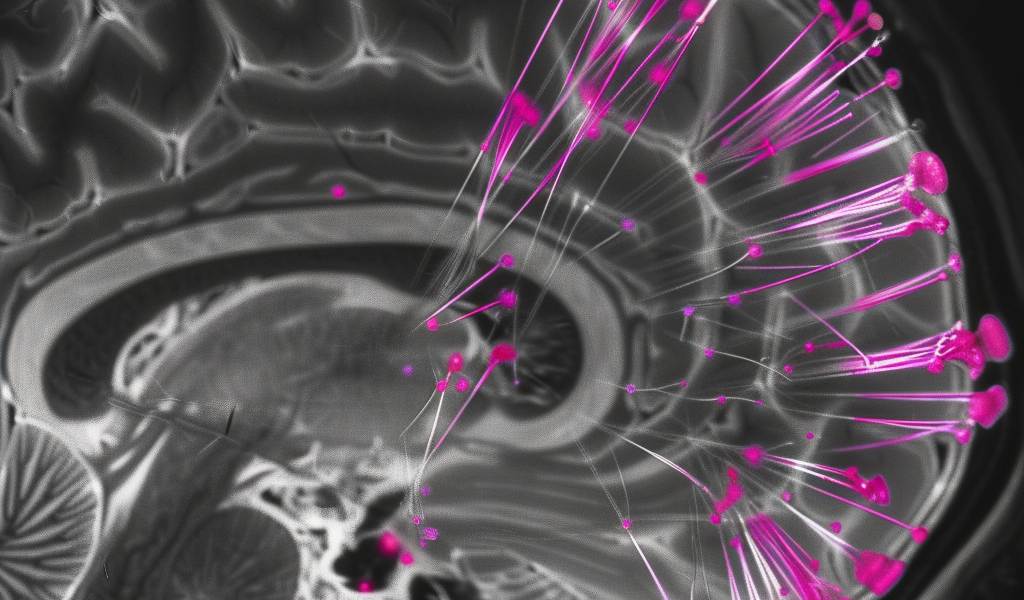Stanford Medicine Study Reveals Groundbreaking Findings on Male and Female Brain Organization Patterns
A recent study conducted by Stanford Medicine has revealed groundbreaking findings on the distinctions between male and female brain organization patterns. The research, led by Stanford Medicine investigators, has introduced a powerful new artificial intelligence model capable of distinguishing between male and female brains with over 90% accuracy.
The study, published in the Proceedings of the National Academy of Sciences, addresses a long-standing controversy surrounding the existence of reliable sex differences in the human brain. The findings suggest that comprehending these differences is crucial for addressing neuropsychiatric conditions that affect women and men differently.
Dr. Vinod Menon, professor of psychiatry and behavioral sciences and director of the Stanford Cognitive and Systems Neuroscience Laboratory, emphasized the significance of sex in human brain development, aging, and the manifestation of psychiatric and neurological disorders. He stated, ‘Identifying consistent and replicable sex differences in the healthy adult brain is a critical step toward a deeper understanding of sex-specific vulnerabilities in psychiatric and neurological disorders.’
The study’s senior author, Dr. Menon, was supported by senior research scientist Dr. Srikanth Ryali and academic staff researcher Dr. Yuan Zhang. The research identified ‘hotspots’ crucial for distinguishing male brains from female ones, including the default mode network and the striatum and limbic network. These brain systems play a pivotal role in processing self-referential information, learning, and responding to rewards.
Notably, the study refrains from drawing conclusions about the origins of sex-related differences in the brain. It does not determine whether these differences arise early in life, are driven by hormonal disparities, or are influenced by societal circumstances.
The study’s findings have significant implications for understanding the impact of sex on brain organization and function. While sex chromosomes determine the hormonal exposure during early development, puberty, and aging, the research sheds light on concrete differences in the human brain that have long been a subject of debate among scientists.





